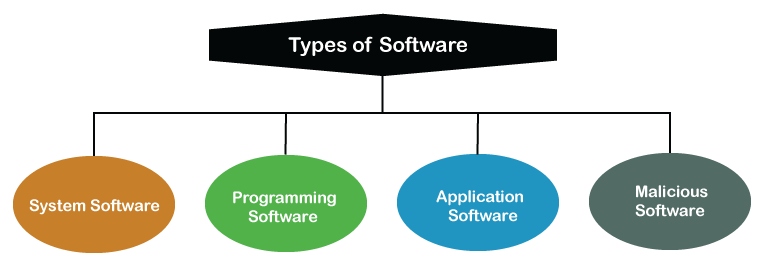Introduction
Software is an integral part of modern technology, driving everything from personal computers to smartphones and complex industrial systems. Understanding what software is and its various types and functions can provide insight into how it shapes our daily lives and the world around us.
Definition of Software
Software is a collection of instructions, data, or programs used to operate computers and execute specific tasks. It is the non-tangible component of computers, contrasting with hardware, which is the physical aspect of a computer system.
Types of Software
-
System Software
- Operating Systems (OS): These are the most critical type of system software, managing hardware resources and providing a platform for applications to run. Examples include Windows, macOS, Linux, and Android.
- Device Drivers: These programs allow the operating system to communicate with hardware devices like printers, graphics cards, and network cards.
- Utility Programs: These are designed for system maintenance and administrative tasks, such as antivirus software, disk cleanup tools, and backup programs.
-
Application Software
- Productivity Software: Programs like Microsoft Office, Google Workspace, and Adobe Creative Suite help users perform tasks such as writing documents, creating spreadsheets, and designing graphics.
- Web Browsers: Software like Google Chrome, Mozilla Firefox, and Safari that allow users to access and navigate the internet.
- Multimedia Software: Applications for creating, editing, and playing audio, video, and images, such as VLC Media Player, Photoshop, and iTunes.
- Communication Software: Programs that enable communication between users, including email clients (Outlook), messaging apps (Slack, WhatsApp), and video conferencing tools (Zoom).
-
Programming Software
- Integrated Development Environments (IDEs): Software that provides comprehensive facilities to programmers for software development, such as Visual Studio, Eclipse, and IntelliJ IDEA.
- Compilers and Interpreters: These convert code written in high-level programming languages into machine code that the computer can execute.
- Debuggers: Tools that help programmers test and debug their code.
-
Middleware
- Definition: Middleware acts as a bridge between different software applications or between software and hardware. It facilitates communication and data management for distributed applications.
- Examples: Database middleware (ODBC), message-oriented middleware (MQSeries), and application servers (Apache Tomcat).
Functions of Software
-
Task Automation
- Software automates repetitive and complex tasks, increasing efficiency and reducing the potential for human error.
-
Data Management
- Applications like databases (MySQL, Oracle) manage large volumes of data, enabling storage, retrieval, and manipulation of data efficiently.
-
Communication
- Software enables various forms of communication, from emails and instant messaging to video conferencing and collaborative work platforms.
-
Entertainment
- Multimedia software and games provide entertainment, allowing users to watch movies, listen to music, play games, and more.
-
Problem Solving
- Specialized software applications help solve specific problems, such as mathematical modeling software for engineers, financial analysis tools for accountants, and simulation software for scientists.
Importance of Software
- Innovation and Development: Software drives innovation and development in various fields, from healthcare and education to finance and entertainment.
- Business Operations: It is essential for business operations, enabling tasks such as inventory management, customer relationship management, and enterprise resource planning.
- Personal Use: Software enhances personal productivity, learning, communication, and entertainment, making everyday tasks more manageable and enjoyable.
Conclusion
Software is a fundamental component of modern technology, transforming how we interact with computers and other digital devices. By understanding the different types of software and their functions, we can better appreciate the role they play in shaping our digital world. Whether it's system software that keeps our devices running, application software that helps us perform specific tasks, or programming software that allows developers to create new applications, software is at the heart of the technological advancements that drive progress and innovation.


